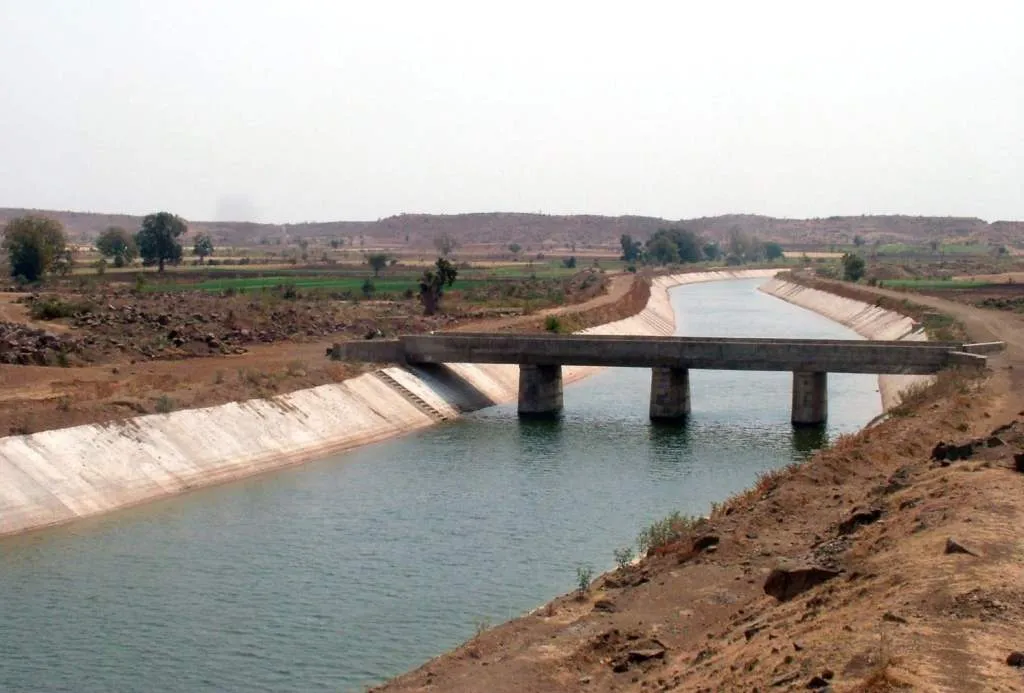The National River Linking Project (NRLP) is a project initiated by the Government of India to connect the rivers of the country and transfer water from water-surplus basins to water-deficit basins. The project has been designed to provide an effective solution to water scarcity in India. Especially in regions facing acute water shortages. The project aims to enhance irrigation potential, improve hydropower generation, and provide an efficient transportation system for goods and people.

The National River Linking Project is based on the National Perspective Plan (NPP) prepared by the Government of India in 1980. The NPP envisaged the construction of 30 river links, which would connect 37 Himalayan and Peninsular rivers. Thereby, creating a network of canals and reservoirs across the country.
The project was envisioned to benefit water-scarce areas of the country, especially the arid and semi-arid regions, which face acute water scarcity.
Phases of NRLP
The NRLP is being implemented in two phases. The first phase involves the construction of 16 links, which will connect the rivers in the Himalayan and Peninsular regions. The second phase will involve the construction of the remaining 14 links. The project is expected to be completed by 2050.
Benefits of NRLP
The NRLP is expected to provide several benefits, including:
- Enhanced Irrigation Potential: The project aims to transfer water from water-surplus regions to water-deficit regions. Thereby enhancing irrigation potential and improving agricultural productivity.
- Improved Hydropower Generation: The project is expected to generate an additional hydropower capacity of 34,000 MW, which will help meet the growing demand for electricity in the country.
- Flood Control: The project will help control floods in river basins by diverting excess water to other basins.
- Navigation: The project aims to create a network of canals and waterways, which will provide an efficient transportation system for goods and people.

Challenges Faced by NRLP
The NRLP has faced several challenges, including:
- Environmental Concerns: The project has faced opposition from environmentalists, who argue that the construction of dams and canals will lead to the displacement of local communities and cause ecological damage.
- Inter-State Disputes: The project involves the construction of canals and reservoirs across different states. This has led to disputes between states over the sharing of water.
- Cost Overruns: The project has faced cost overruns due to delays in land acquisition and environmental clearances.
Conclusion
The National River Linking Project is a comprehensive plan for water management in India. The project aims to address the water scarcity issue in the country. Furthermore, provide several benefits, including enhanced irrigation potential, improved hydropower generation, flood control, and navigation. However, the project has faced several challenges, including environmental concerns, inter-state disputes, and cost overruns. The government needs to address these challenges and ensure that the project is implemented in an environmentally sustainable and socially equitable manner.
Keep Reading
- Ken Betwa river Linking Project, benefits and feasibility
- Water scarcity concepts, problems, and solutions
- 5 Biggest Environmental Issues in India in 2023
- Climate Change in Zanskar, Rising temperature to melting glaciers
Follow Ground Report for Climate Change and Under-Reported issues in India. Connect with us on Facebook, Twitter, Koo App, Instagram, Whatsapp and YouTube. Write us at GReport2018@gmail.com.









